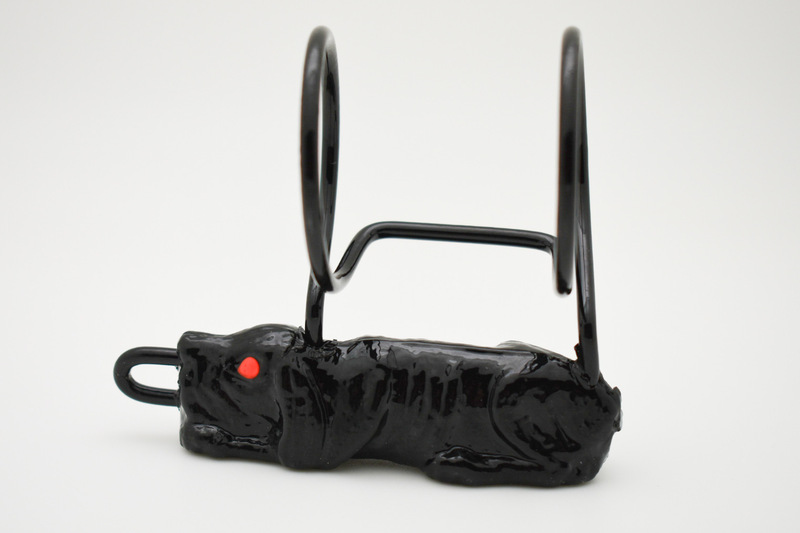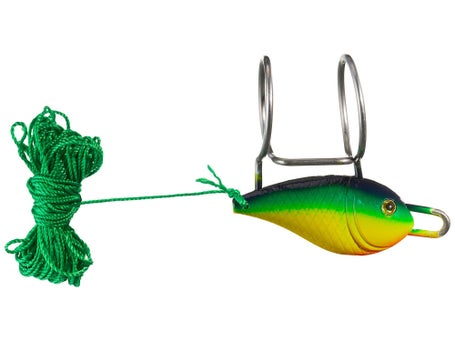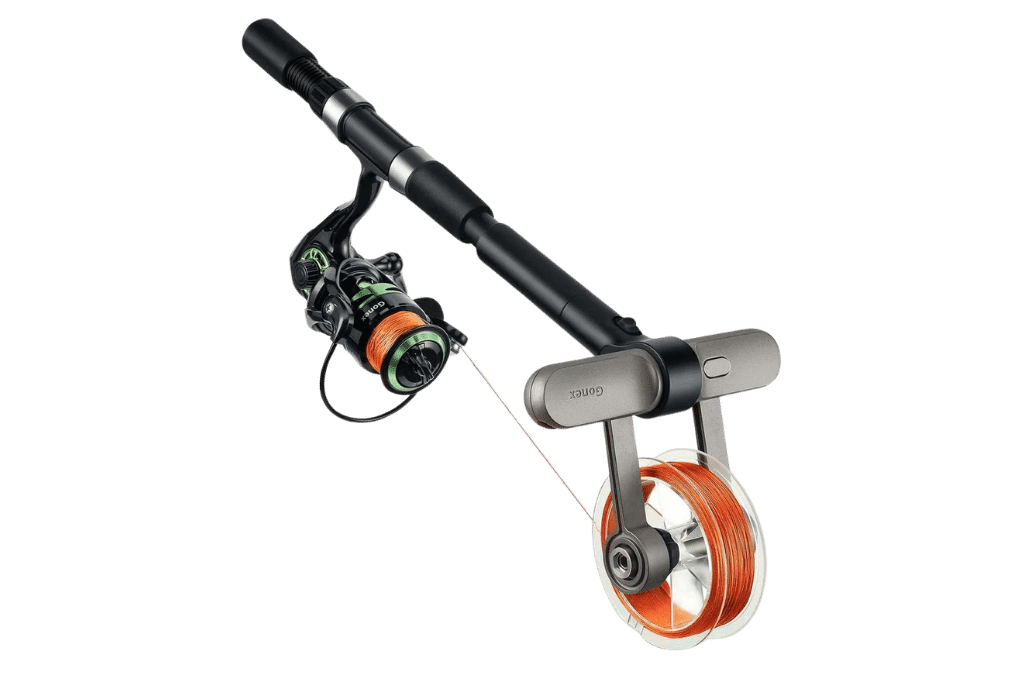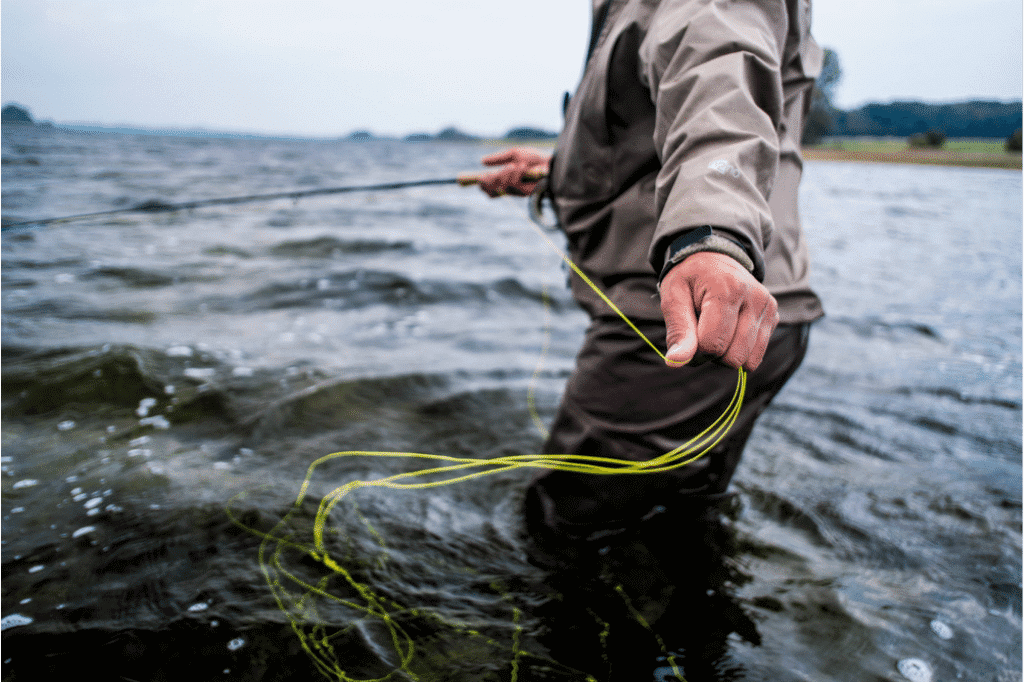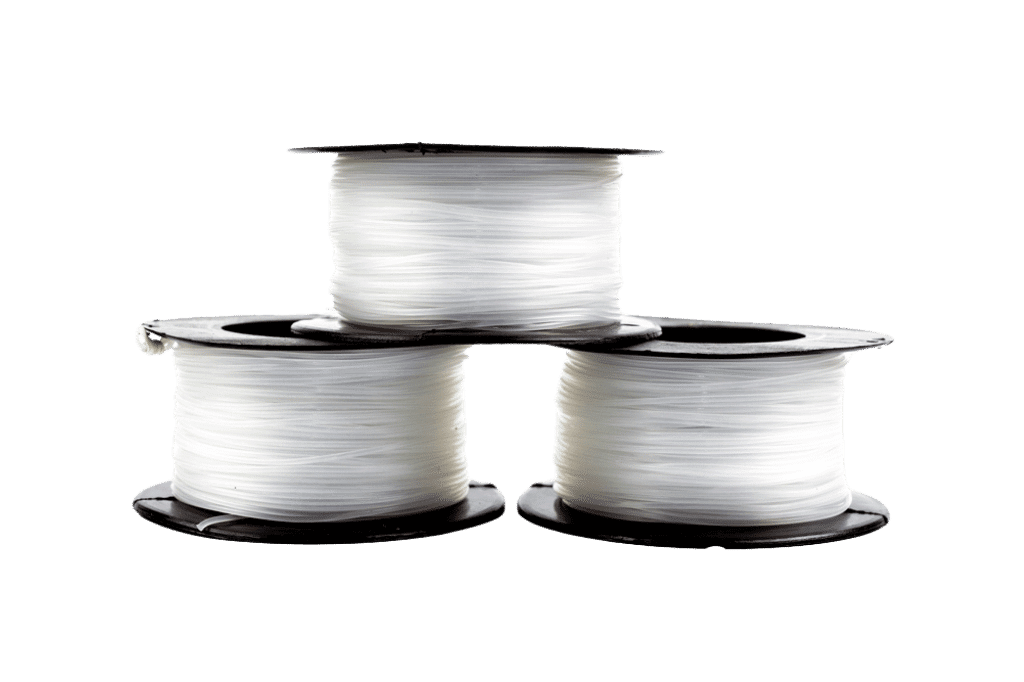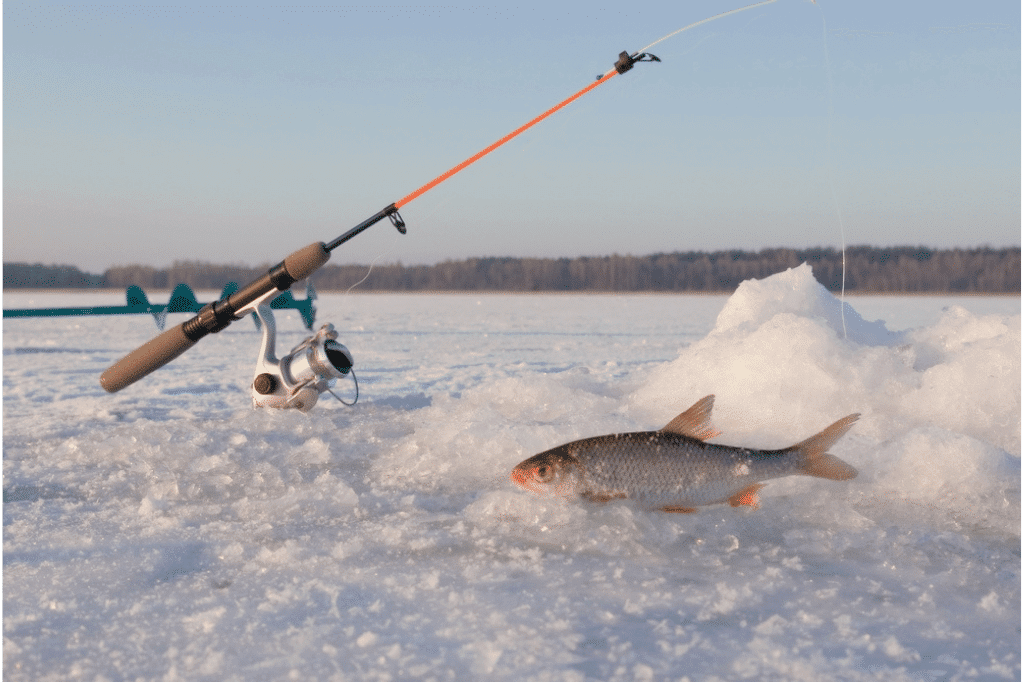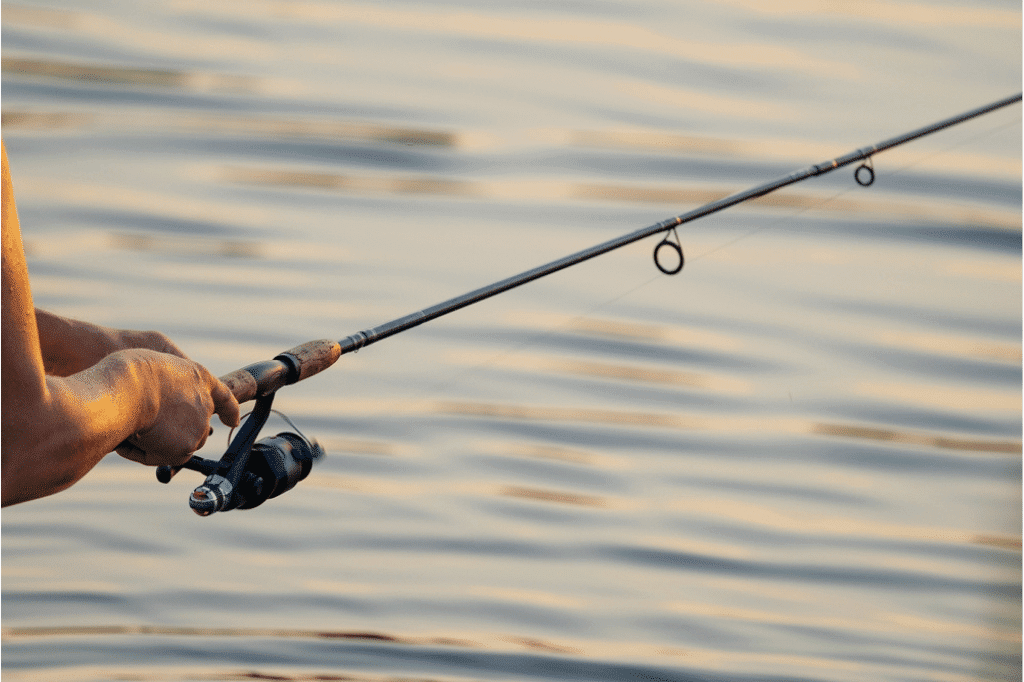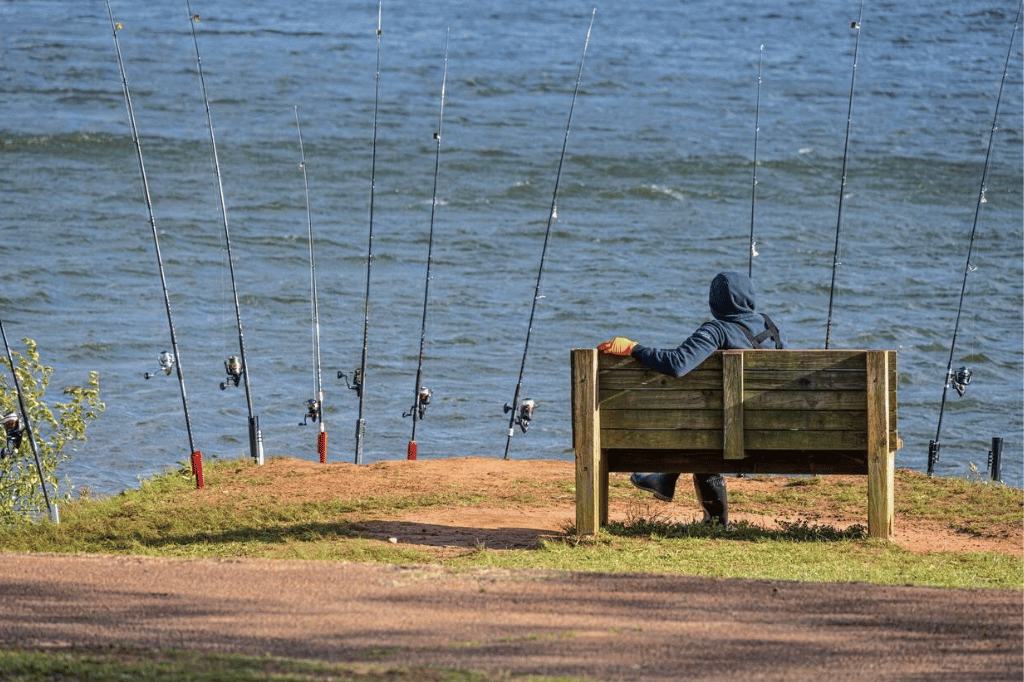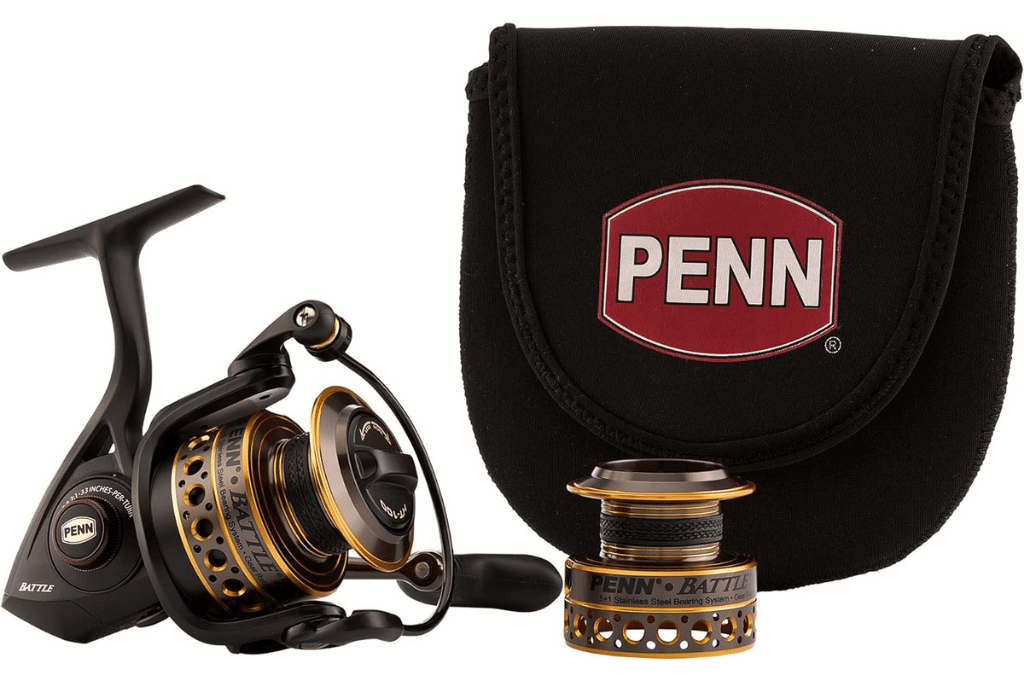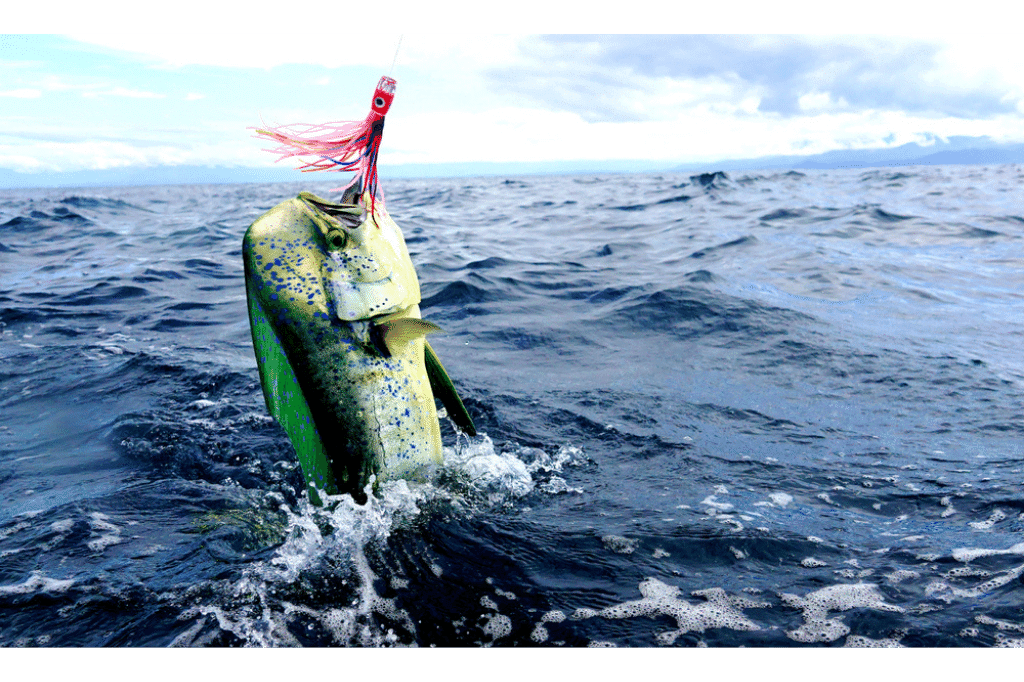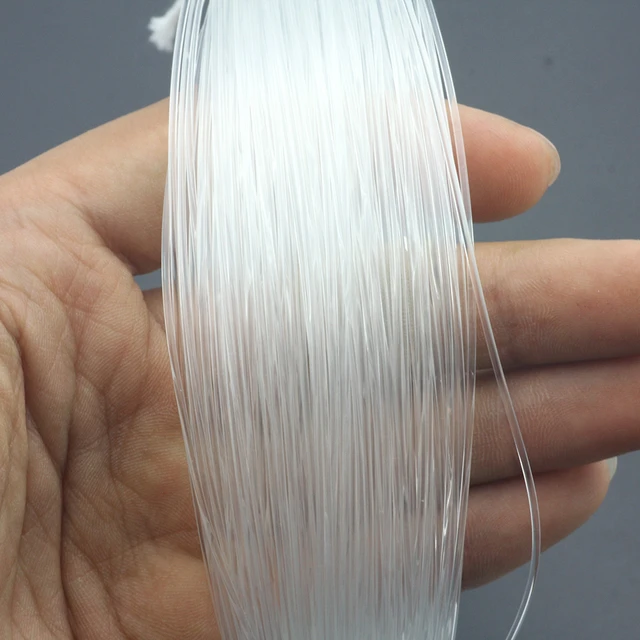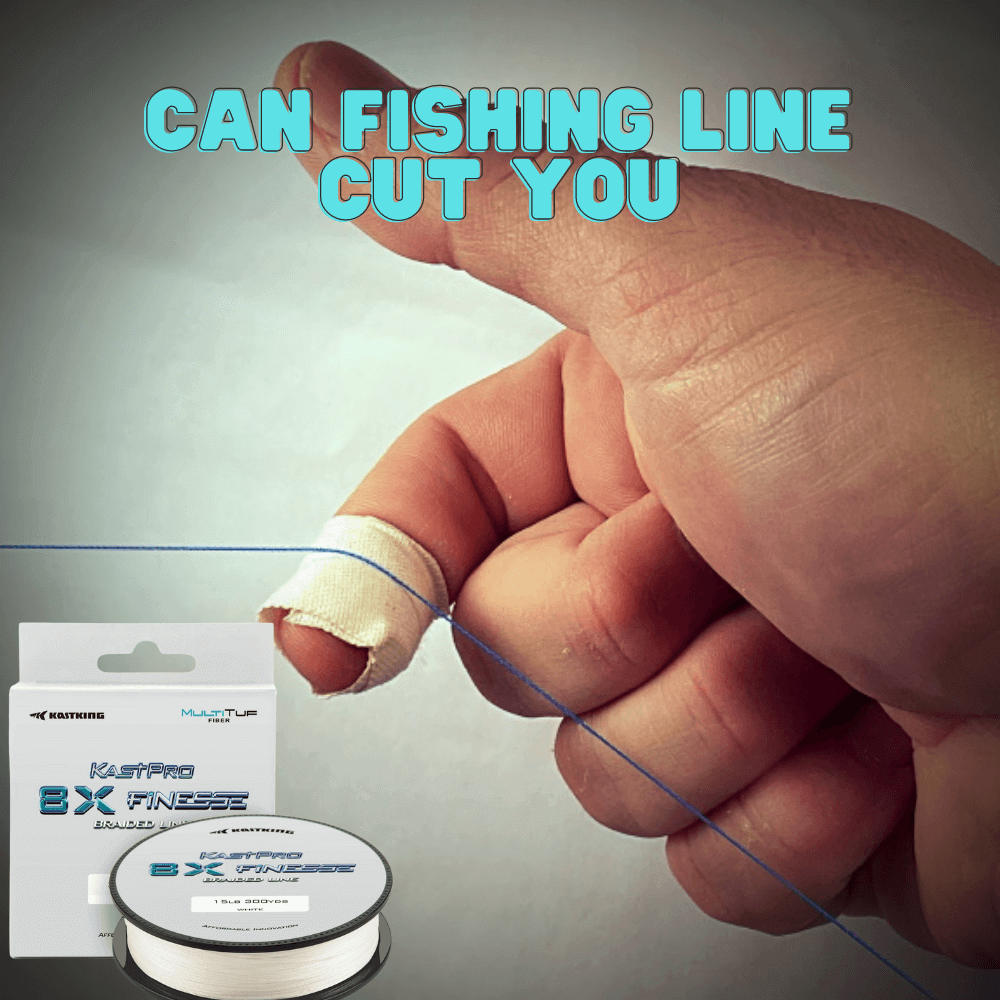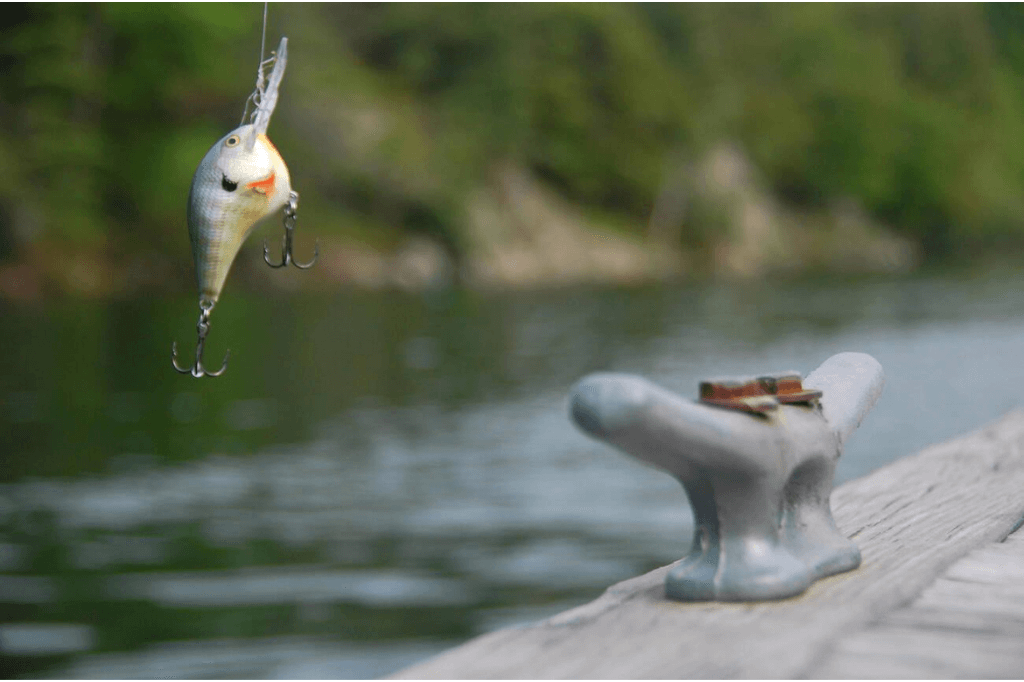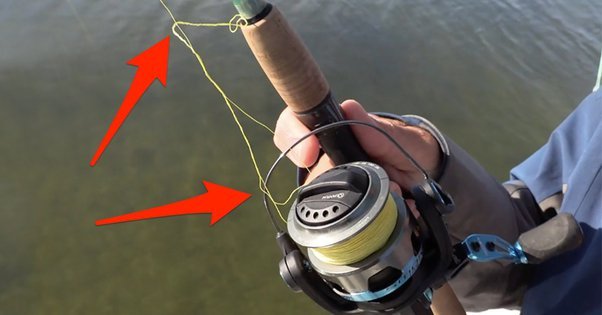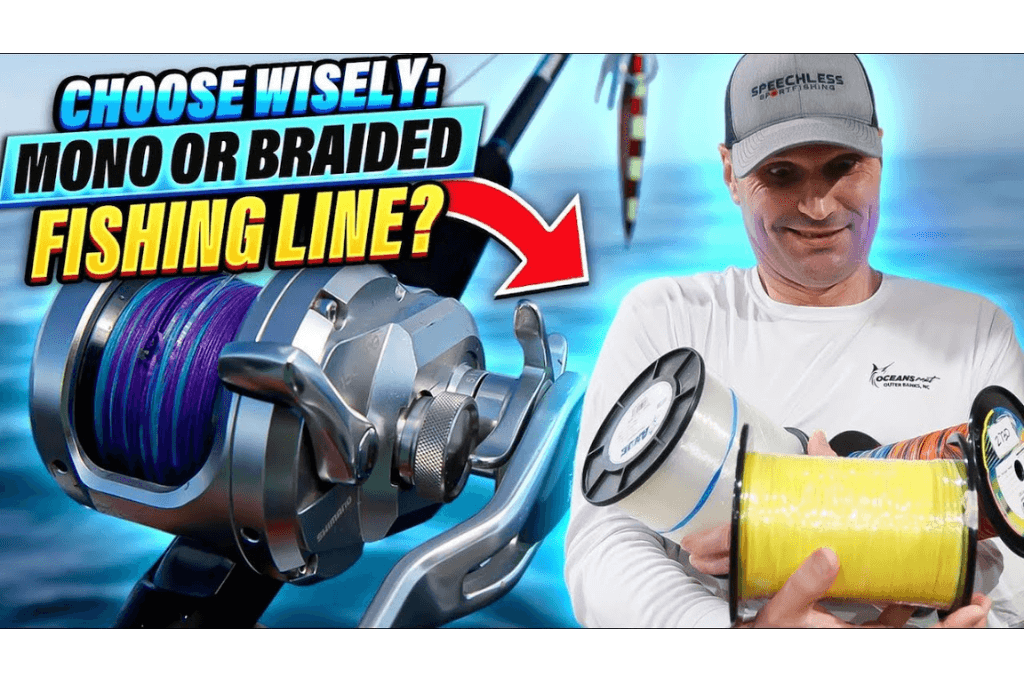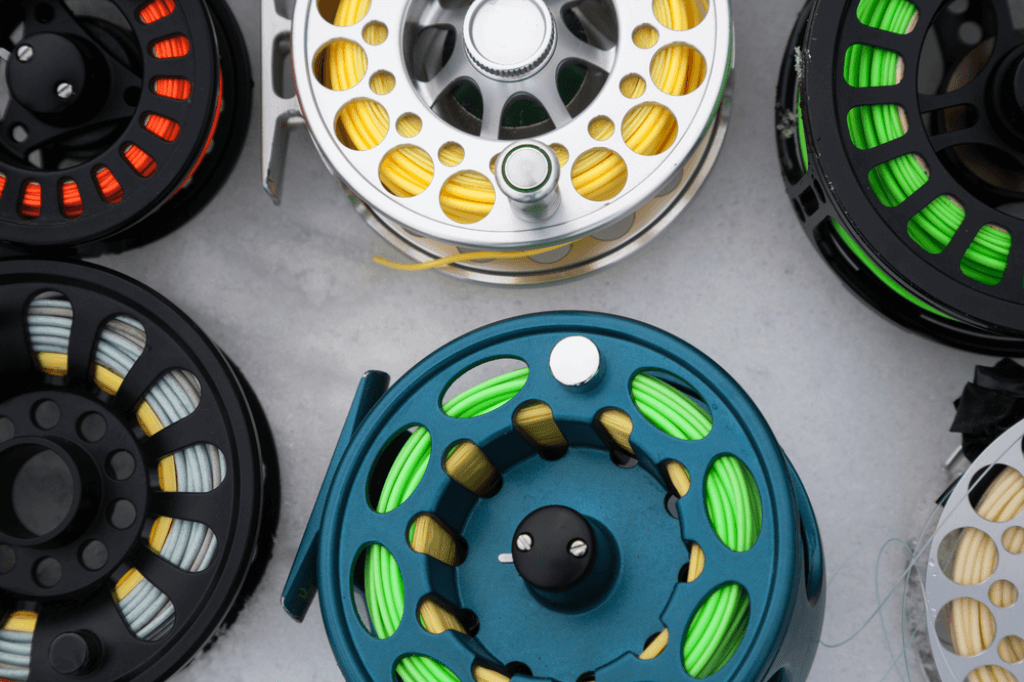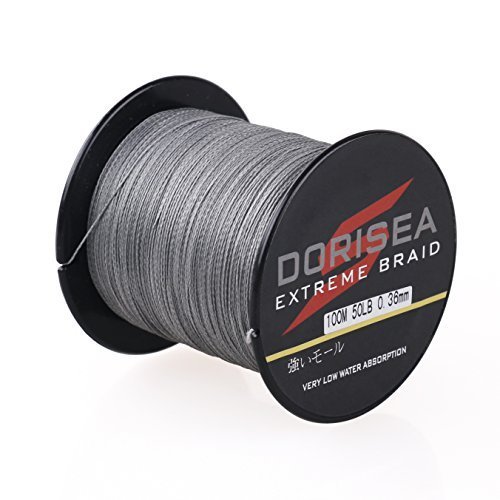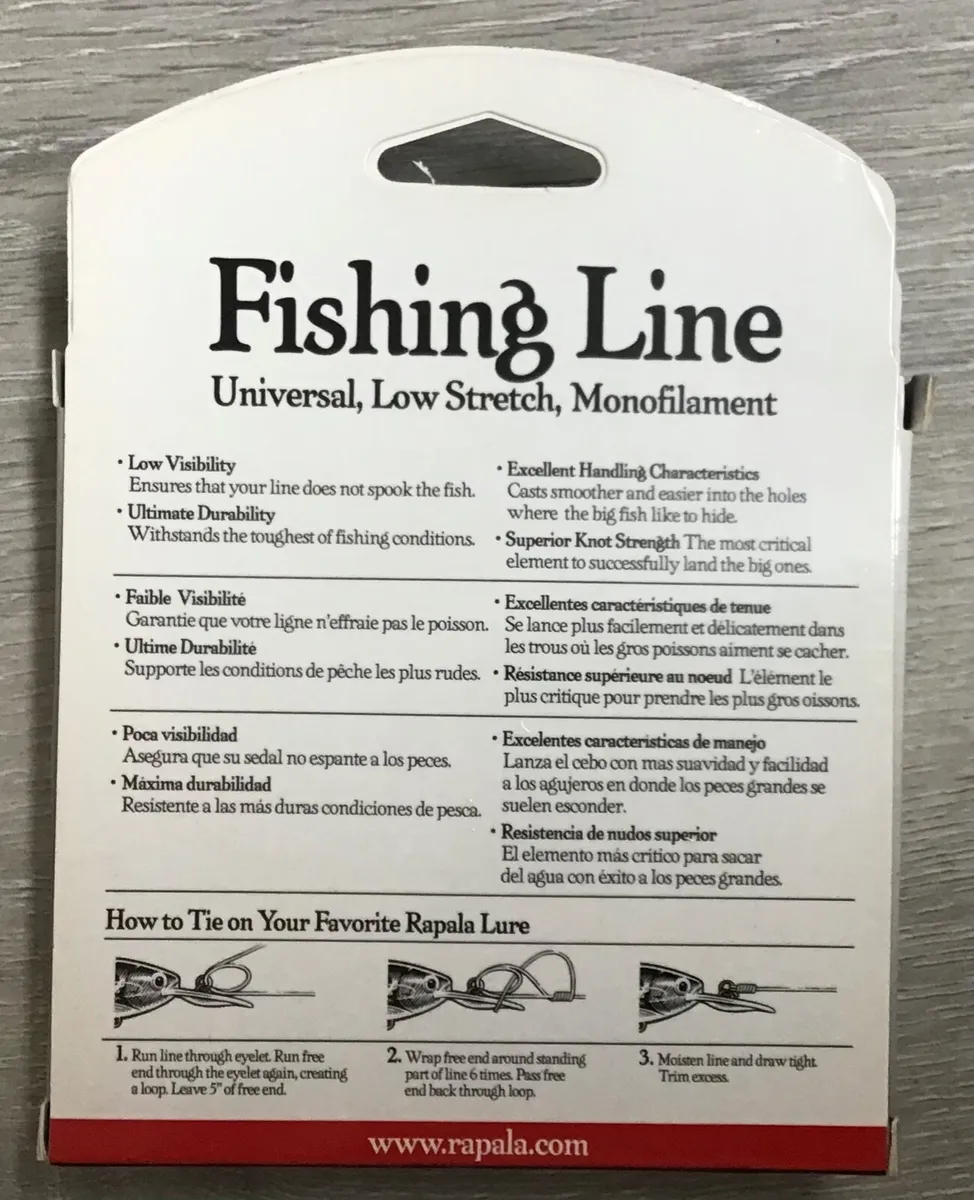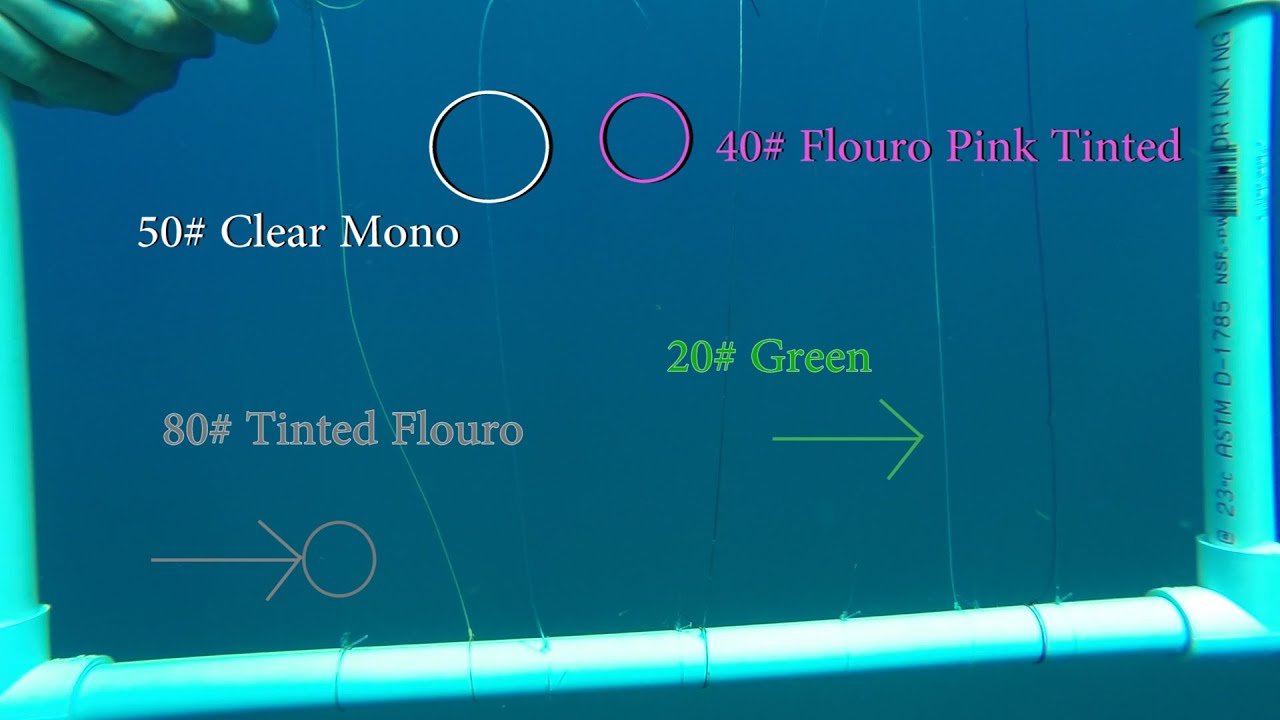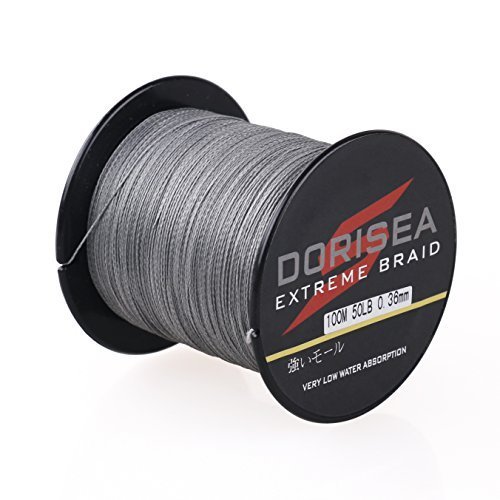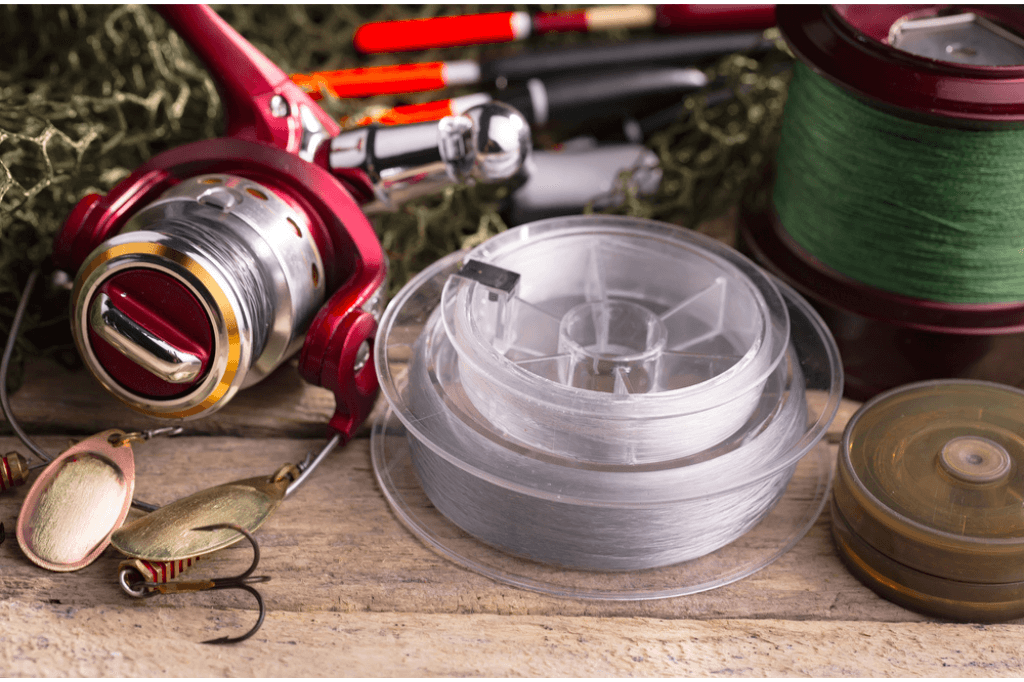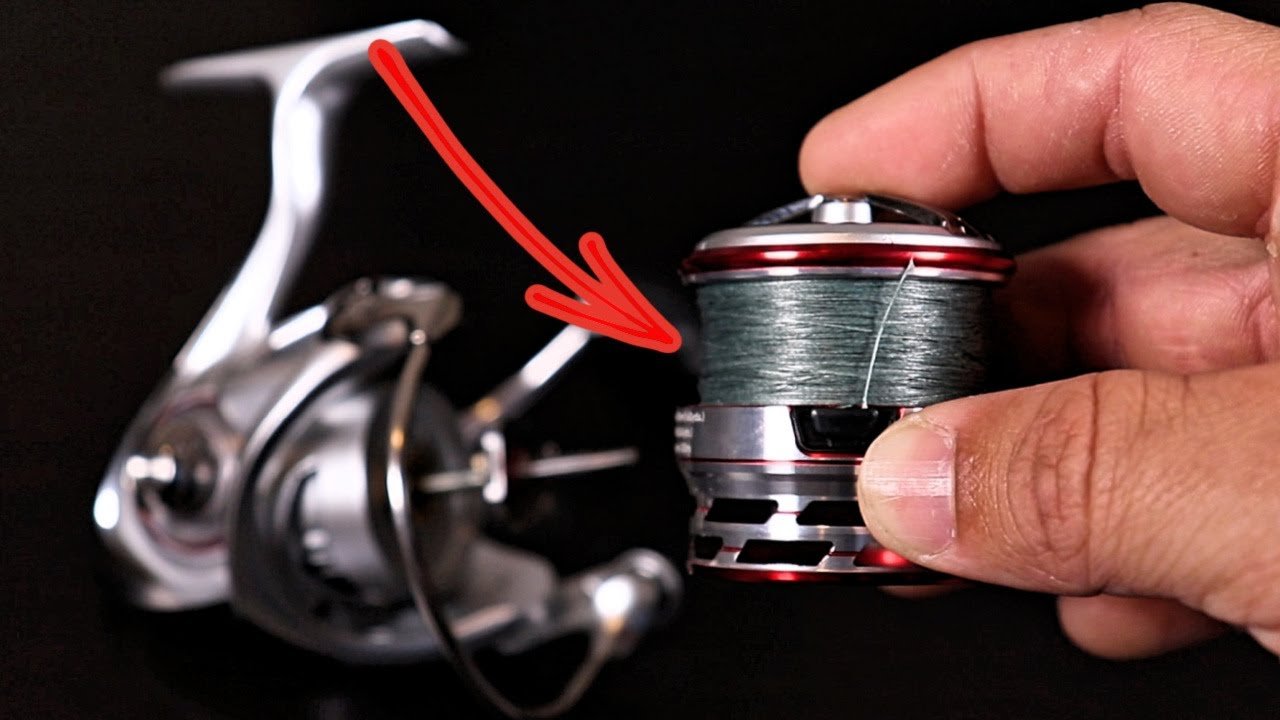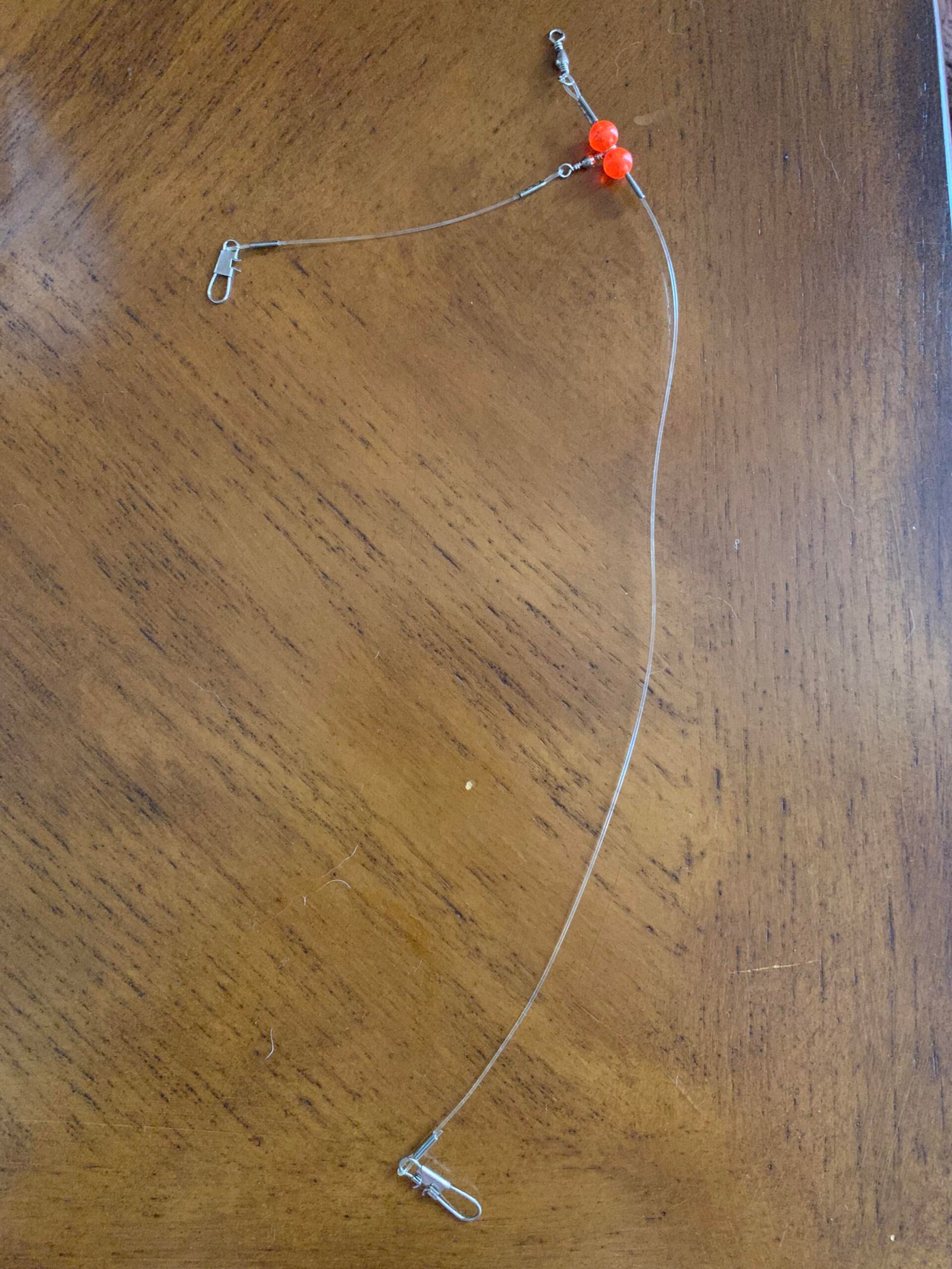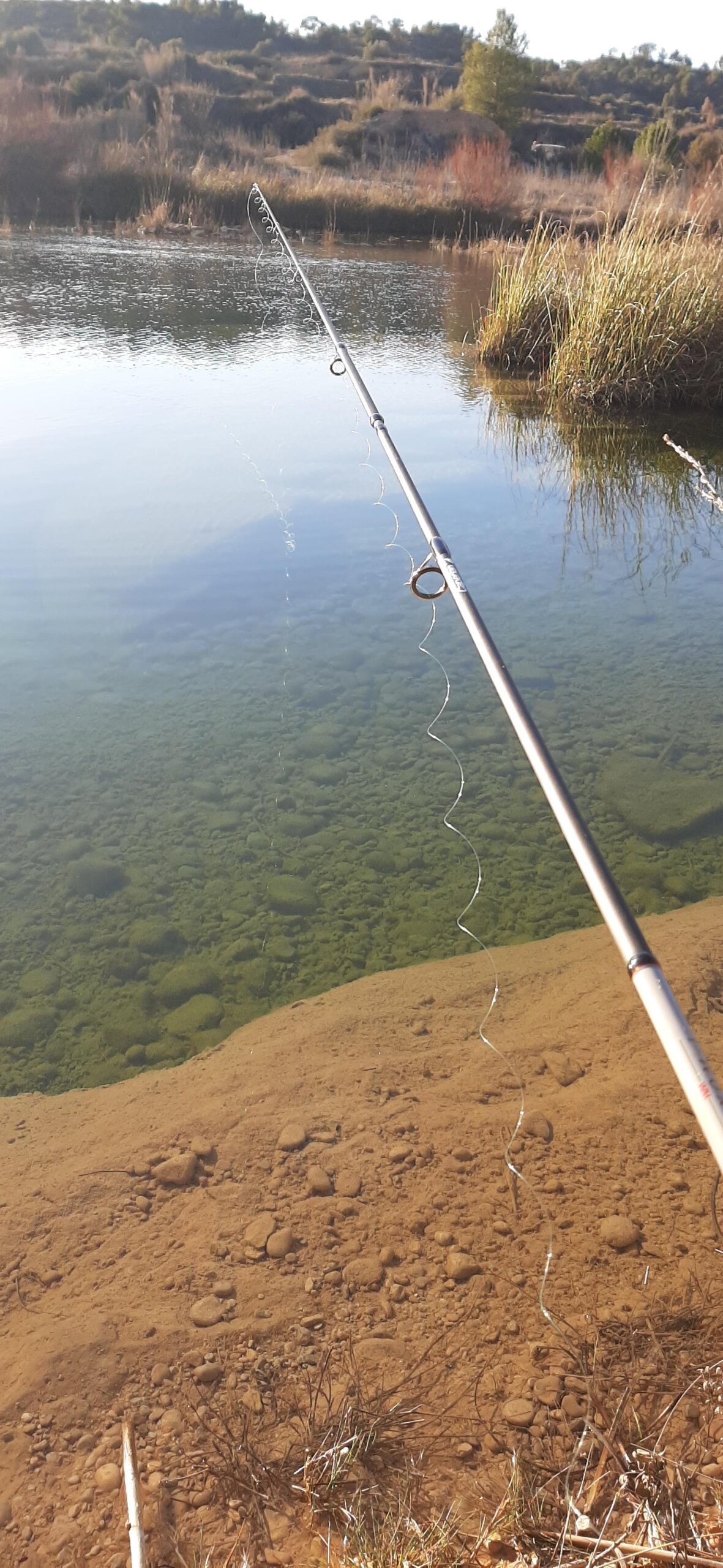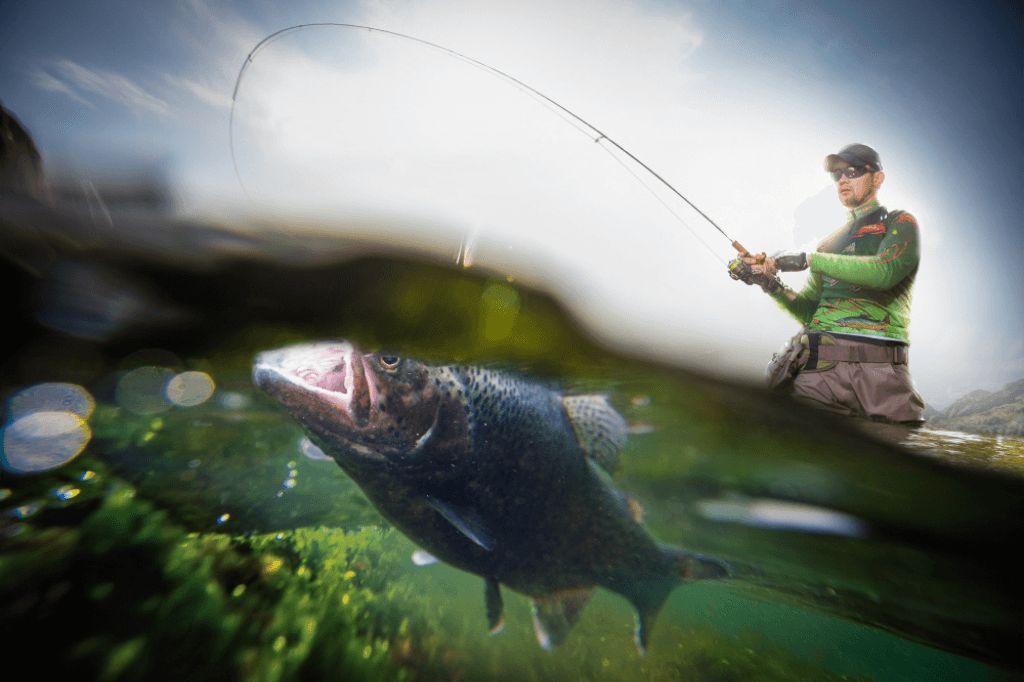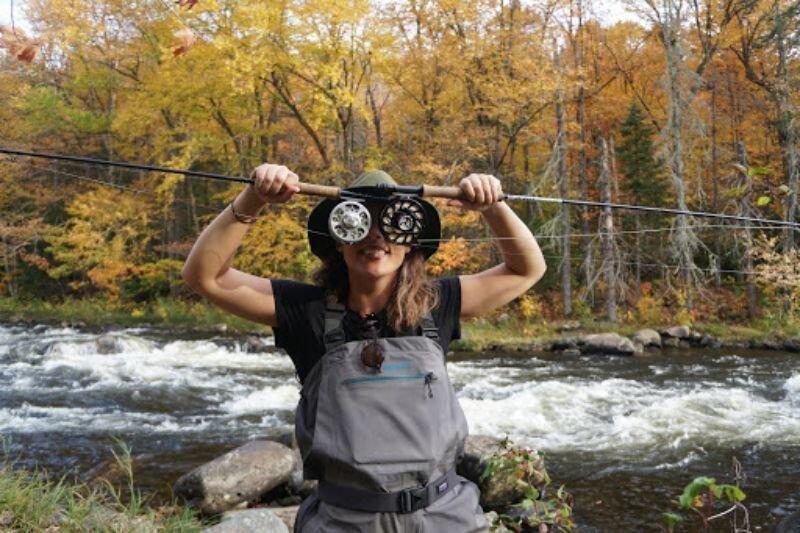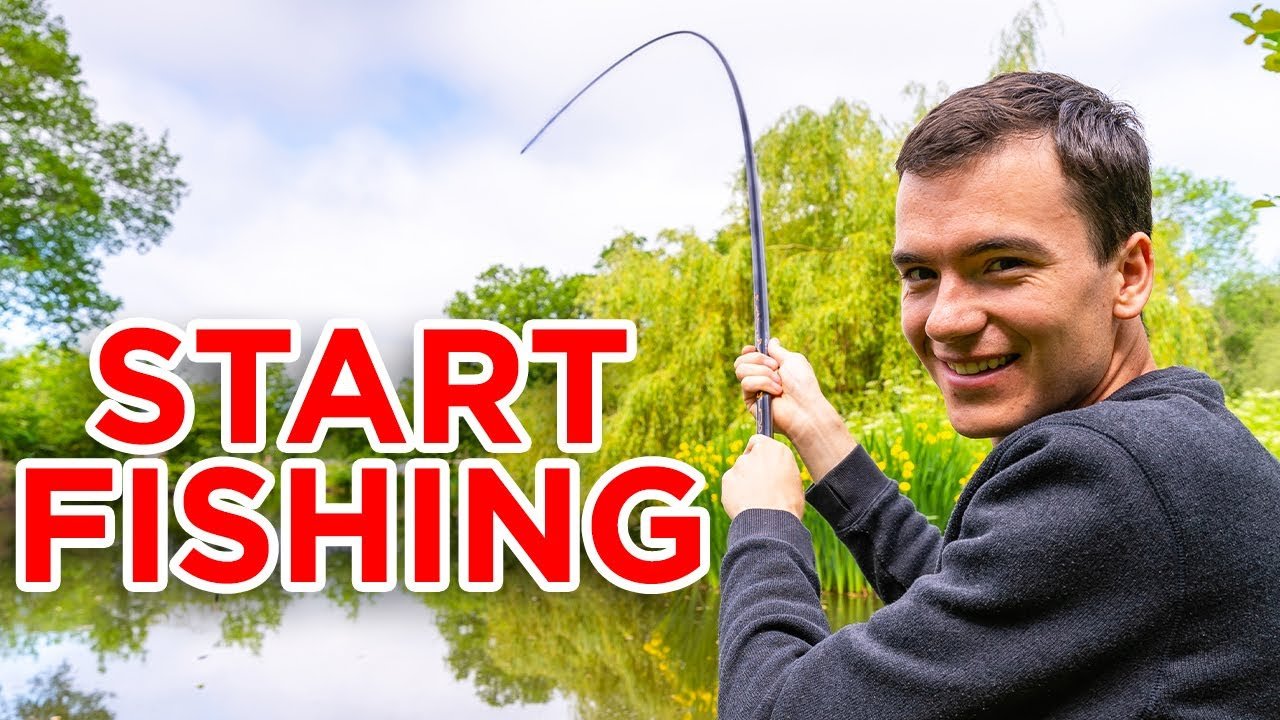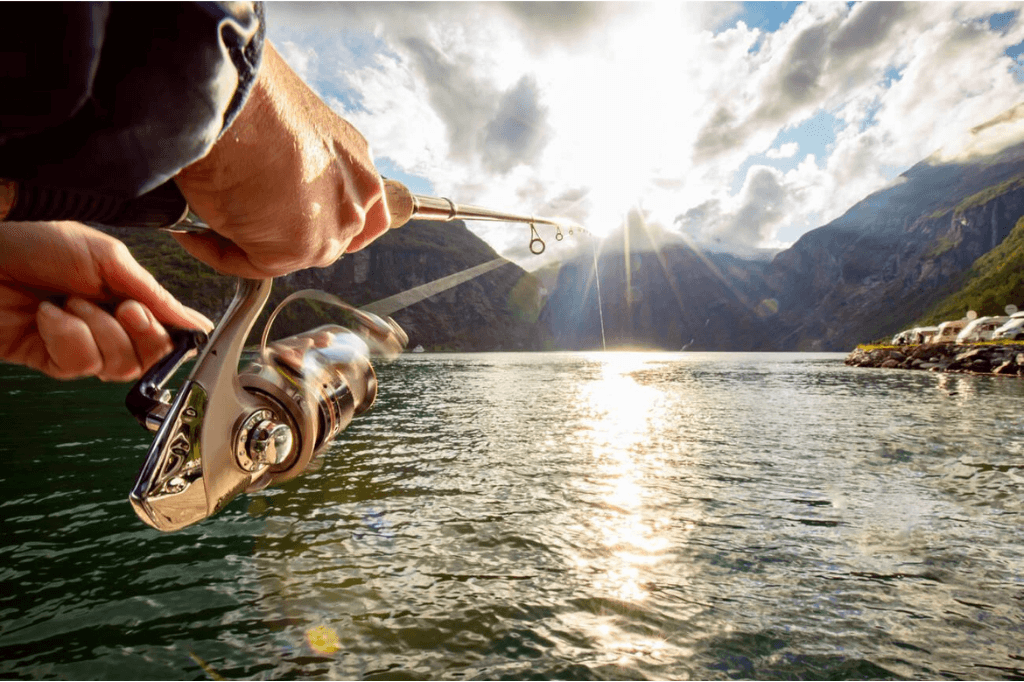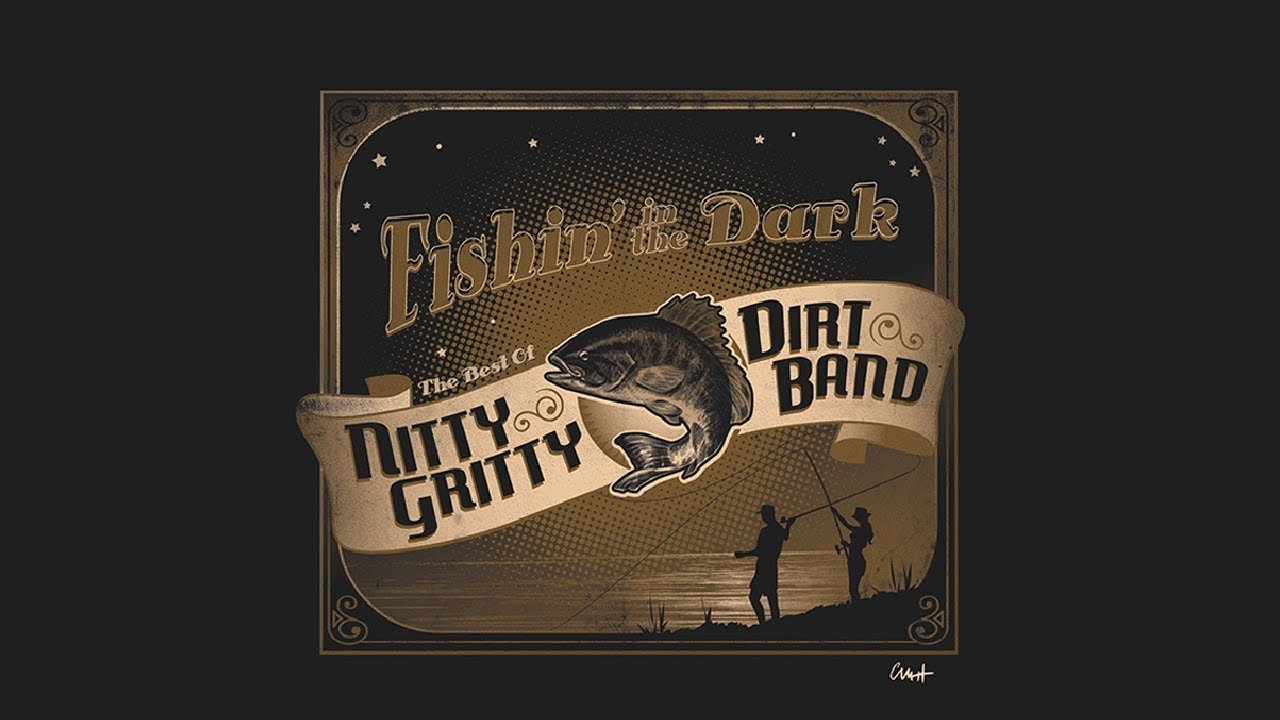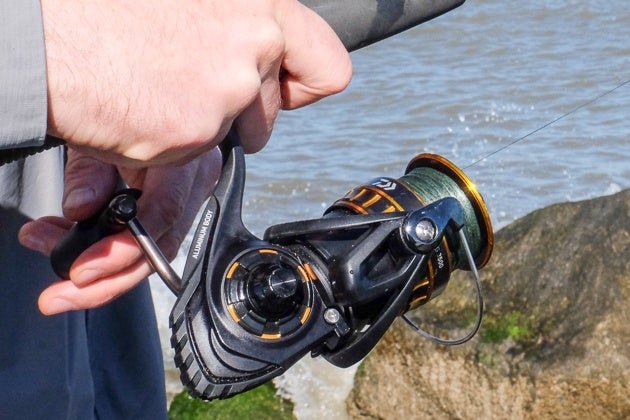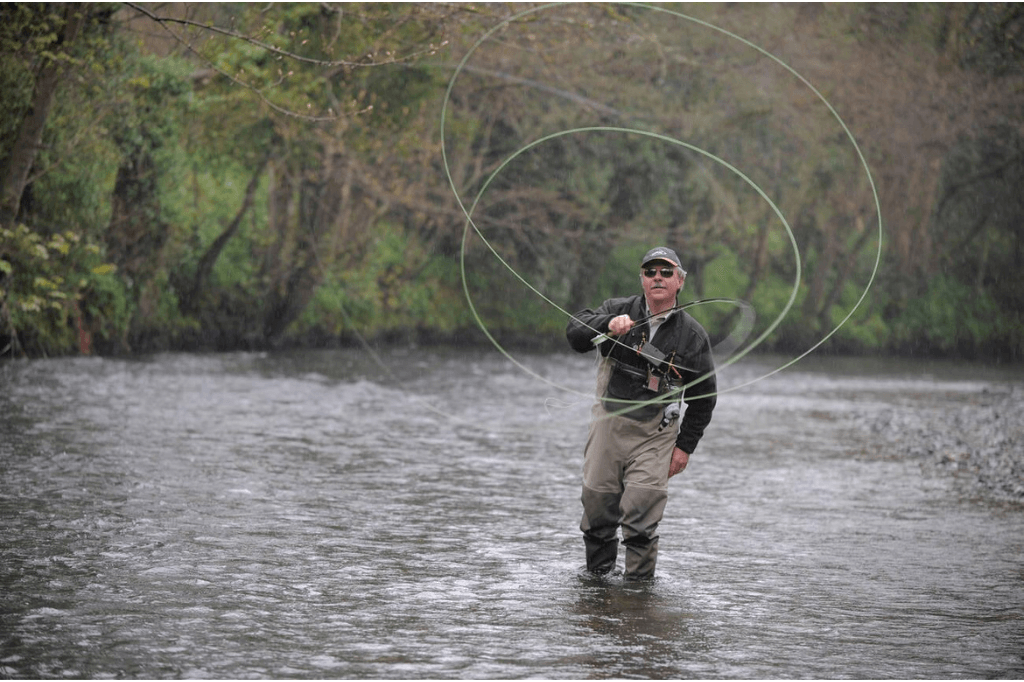Fishing enthusiasts often lose their lures in underwater obstacles like rocks or vegetation. A lure retriever is an essential tool for solving this issue. These devices are designed to dislodge and recover trapped lures, ensuring you don’t lose your valuable gear.
Using a lure retriever not only saves money but also minimizes environmental impact by reducing the number of abandoned lures in waterways. They are easy to use and come in various designs, making them suitable for different fishing environments. Invest in a lure retriever to enhance your fishing experience and protect the environment.
The Importance Of A Lure Retriever
Fishing enthusiasts know the frustration of losing lures. Lure retrievers are essential tools for anglers. They help retrieve stuck or lost lures. This saves money and effort. Understanding their importance can improve your fishing experience.
Preventing Lure Loss
Lures can get stuck in underwater obstacles. Rocks, weeds, and logs can trap them. A lure retriever can quickly free them. This tool reduces the chance of losing expensive lures.
Using a lure retriever is simple. Attach it to your fishing line. Lower it into the water. It will reach the stuck lure and release it. This process is quick and effective.
Preventing lure loss also means fewer interruptions. You spend more time fishing and less time re-rigging. This increases your overall enjoyment.
Increasing Fishing Success
Using a lure retriever can increase your catch rate. You can use your favourite lures more often. These lures are often the most successful.
Here are some benefits:
- Less downtime: Spend more time with your line in the water.
- More confidence: Use your best lures without fear of losing them.
- Better results: Consistent use of effective lures leads to more catches.
Having a lure retriever also makes you a more efficient angler. You can quickly recover and continue fishing. This efficiency can lead to better results over time.
Consider investing in a quality lure retriever. It will pay off in saved lures and increased catches.
Types Of Lure Retrievers
Getting your fishing lure stuck can be frustrating. Different types of lure retrievers can help save the day. There are three main types: Pole-Style Retrievers, Line-Through Retrievers, and Magnet-Based Retrievers.
Pole-style Retrievers
Pole-Style Retrievers are long poles that help you reach your stuck lure. These poles are usually extendable. You can adjust the length based on how far your lure is. Some poles have hooks or loops at the end. These hooks help catch the lure and pull it free.
Line-through Retrievers
Line-Through Retrievers are gadgets you attach to your fishing line. You slide the retriever down the line to the stuck lure. These tools have weights that help them sink fast. They often have chains or hooks to catch the lure. When the retriever reaches the lure, you pull it back up, freeing the lure.
Magnet-based Retrievers
Magnet-Based Retrievers use strong magnets to grab metal lures. You lower the magnet to the stuck lure. The magnet attracts the metal parts of the lure. This type is great for metal lures and hooks. It may not work well with non-metal lures. The magnets are powerful but easy to use.
| Type | Features | Best For |
|---|---|---|
| Pole-Style Retrievers | Extendable, hooks or loops | Reaching far lures |
| Line-Through Retrievers | Attach to line, weights, chains or hooks | Quick sinking, deep water |
| Magnet-Based Retrievers | Strong magnets | Metal lures and hooks |
Selecting The Right Lure Retriever
Choosing the perfect lure retriever can make your fishing trips more successful. Having the right tool ensures you retrieve your lures quickly and efficiently. This section will guide you through the key factors to consider when selecting a lure retriever.
Considerations For Water Type
Understanding the type of water you will fish in is crucial. Different water types require different retrievers. For example:
- Freshwater: Lighter and more straightforward retrievers are ideal.
- Saltwater: Choose corrosion-resistant retrievers to withstand salt.
- Weedy or Rocky Waters: Opt for robust and durable retrievers.
Weight And Portability
The weight of the retriever affects its portability and usability. Consider these points:
| Weight | Portability |
|---|---|
| Lightweight | Easy to carry, good for long hikes. |
| Heavier | Better for stability, but less portable. |
Compatibility With Different Lures
Ensure your retriever is compatible with the lures you use. This will save you time and effort. Key points to consider:
- Size of Lures: Ensure the retriever fits all your lure sizes.
- Type of Lures: Some retrievers work best with specific lure types.
- Attachment Mechanism: Check how the retriever attaches to the lure.
By considering these factors, you can choose the right lure retriever for your needs. Happy fishing!
Techniques For Using Lure Retrievers
Using a lure retriever can save your fishing lures from getting stuck. It also saves money and reduces frustration. Here are some techniques to use them effectively.
Navigating Obstacles
Identify the type of obstacle your lure is stuck on. It could be rocks, weeds, or branches. This will help you choose the best retrieval method.
Move your boat to get a better angle. Sometimes a different angle can free the lure.
Use a pole or stick to guide the lure retriever if the obstacle is visible. This helps in maneuvering around the obstacle.
Avoid pulling too hard on the line. This might cause the lure to get stuck further.
Depth Adjustment Tips
Measure the depth where your lure got stuck. This helps in lowering the lure retriever to the right depth.
Use a depth finder if available. This device can give you accurate depth readings.
Adjust the retriever length to match the depth. This ensures the retriever reaches the snagged lure.
Keep the line taut while lowering the retriever. This helps in maintaining control and direction.
Retrieving Snagged Lures
Lower the lure retriever gently to the snagged lure. This avoids disturbing the underwater environment.
Use the hooks or grips on the retriever to latch onto the lure. Make sure it is securely attached.
Pull slowly and steadily to free the lure. Quick jerks can break the line or damage the lure.
Reel in the line once the lure is free. Keep the line tight to avoid getting snagged again.
| Technique | Description |
|---|---|
| Navigating Obstacles | Identify obstacles, move the boat, use a pole, avoid pulling hard. |
| Depth Adjustment Tips | Measure depth, use a depth finder, adjust retriever length, keep line taut. |
| Retrieving Snagged Lures | Lower retriever gently, use hooks or grips, pull slowly, reel in line. |
Maintenance And Care
Proper maintenance and care of your lure retriever ensure it lasts longer. This also keeps it functioning effectively. Taking some time to clean, store, and check your lure retriever can save you money and improve your fishing experience.
Cleaning Your Lure Retriever
Cleaning your lure retriever is important. After each use, rinse the retriever with fresh water. This removes any dirt or salt that can cause damage. Use a soft brush to clean hard-to-reach areas. Pay special attention to moving parts. These parts can get stuck if not cleaned properly. Dry the retriever with a clean cloth. Make sure it is completely dry before storing it.
Here is a simple cleaning routine:
- Rinse with fresh water.
- Brush off dirt and debris.
- Dry with a clean cloth.
Storage Solutions
Storing your lure retriever correctly is crucial. Keep it in a cool, dry place. This prevents rust and damage. Use a storage box with compartments. This keeps the retriever and other gear organized. Avoid storing in direct sunlight. UV rays can weaken the materials over time.
Consider these storage tips:
- Use a compartmentalized storage box.
- Store in a cool, dry place.
- Avoid direct sunlight.
Regular Check-ups
Regular check-ups help maintain your lure retriever. Inspect it before and after each use. Look for signs of wear and tear. Check moving parts for smooth operation. Apply a small amount of lubricant to keep parts moving freely. Replace any damaged parts immediately. This prevents bigger problems later.
Follow this checklist:
- Inspect for wear and tear.
- Check moving parts.
- Lubricate if needed.
- Replace damaged parts.
Diy Lure Retriever Solutions
Fishing enthusiasts know the frustration of losing a lure to a snag. DIY lure retriever solutions can save both time and money. In this section, we’ll explore some effective homemade methods to retrieve those stubborn lures.
Homemade Pole Retrievers
A homemade pole retriever is a simple and effective tool. You can make one with materials found around the house. Here’s what you’ll need:
- A long pole (bamboo, PVC, or an old fishing rod)
- A metal hook or bent coat hanger
- Strong adhesive or duct tape
Steps to make a homemade pole retriever:
- Attach the metal hook to the end of the pole using adhesive or tape.
- Ensure the hook is secure and won’t come off during use.
- Use the pole to reach the snagged lure and gently pull it free.
Creating A Line-through System
The line-through system is another DIY solution. It requires minimal materials and is easy to set up. Here’s what you need:
- Strong fishing line or rope
- A small weight (like a sinker)
- A sturdy clip or carabiner
Steps to create a line-through system:
- Tie the weight to one end of the fishing line.
- Attach the clip or carabiner to the other end.
- Slide the line through your fishing rod’s guides and reel it out.
- Use the weight to guide the line to the snagged lure.
- Clip the lure and pull it free with steady pressure.
Magnet Attachments
Magnet attachments can be a powerful DIY lure retriever solution. Magnets can attract metal lures and hooks. Here’s what you’ll need:
- Strong neodymium magnets
- A durable container (like a plastic bottle)
- Strong adhesive or epoxy
Steps to make a magnet attachment:
- Secure the magnets inside the durable container using adhesive or epoxy.
- Ensure the magnets are firmly attached and won’t come loose.
- Attach the container to the end of a pole or fishing line.
- Lower the magnet attachment to the snagged lure and let it attract the metal parts.
- Gently pull the lure free with the magnet’s help.
These DIY lure retriever solutions can help you save your lures and enjoy a successful fishing trip. Happy fishing!
Lure Retriever And Conservation
The Lure Retriever is an essential tool for anglers. It saves lost lures and protects the environment. This tool plays a vital role in conservation efforts. By retrieving lost lures, it helps keep water bodies clean.
Reducing Environmental Impact
Lost lures can harm aquatic life. They can trap fish and other creatures. The Lure Retriever minimizes this risk. It helps to keep the water safe for all living things.
Plastic and metal lures can take years to decompose. They add to water pollution. Retrieving lost lures reduces this pollution. This tool aids in keeping the ecosystem balanced.
Promoting Sustainable Fishing
Using a Lure Retriever promotes sustainable fishing practices. It helps reduce waste. Anglers can reuse their lures. This reduces the need to buy new ones.
Sustainable fishing is about more than just catching fish. It also involves taking care of the environment. The Lure Retriever is a small tool with a big impact. It encourages responsible fishing.
| Benefit | Description |
|---|---|
| Environmental Protection | Removes harmful debris from water. |
| Cost Efficiency | Reduces the need to buy new lures. |
| Sustainable Practices | Encourages reuse of fishing gear. |
The Lure Retriever is not just a fishing tool. It is a step towards conservation and sustainability. By using it, anglers contribute to a cleaner environment.

Advanced Tips And Tricks
Unlock the full potential of your Lure Retriever with these advanced tips and tricks. These strategies will help you master the technique, deal with difficult snags, and explore innovative retrieval methods.
Mastering The Technique
Perfect your timing by practicing in different water conditions. This will help you understand how your lure reacts. Keep your line tight and maintain control. This reduces the chance of losing your lure.
- Use a steady hand.
- Watch for changes in the line’s tension.
- Maintain a consistent speed.
Dealing With Difficult Snags
Stay calm when you encounter a snag. Panicking can make the situation worse. Gently pull on the line to feel the snag. This helps you understand its nature.
| Type of Snag | Solution |
|---|---|
| Rocks | Lift the rod and gently pull. |
| Weeds | Use short, quick jerks. |
| Logs | Move the rod side-to-side. |
Innovative Retrieval Methods
Experiment with different angles to retrieve your lure more effectively. Try moving your rod tip in various directions. This might free your lure.
- Use a different retrieval device.
- Try a weighted retriever.
- Consider using a grappling hook.
These advanced tips and tricks will help you become a pro at using a Lure Retriever. Practice these techniques to enhance your fishing experience.
Case Studies And Success Stories
Using a Lure Retriever can save your expensive fishing lures from getting lost. Many anglers have shared their stories of how these tools have made a difference. Here, we delve into some fascinating case studies and success stories.
Professional Angler Insights
Professional anglers often face challenges with snagged lures. They have shared their experiences and insights:
- John Smith: “My lure retriever saved me hundreds of dollars in just one season.”
- Susan Lee: “I never leave for a fishing trip without my retriever. It’s a game-changer.”
Professional anglers emphasize the importance of having a lure retriever. It not only saves money but also time and effort.
Recounting Memorable Saves
Many anglers have memorable stories about their lure retriever:
- Lake Fishing Adventure: Mike recalls, “I almost lost my favourite lure in a deep lake. My retriever saved it just in time.”
- River Expedition: Jane shares, “I got my lure stuck under a rock in a fast-moving river. The retriever worked like magic.”
These stories highlight the reliability and efficiency of lure retrievers in various fishing scenarios.
Lure Retrieval Challenges Overcome
Anglers often face tough situations. Here are some challenges they overcame:
| Challenge | Solution |
|---|---|
| Snagged in dense vegetation | Using a long-handled retriever with a strong hook |
| Lure stuck under rocks | Deploying a weighted retriever to dislodge the lure |
| Lure caught on submerged branches | Using a retriever with a flexible arm to navigate around obstacles |
These challenges show how versatile and effective a lure retriever can be. Anglers can tackle various obstacles with the right tools and techniques.
Frequently Asked Questions
How Does A Lure Retriever Work?
A lure retriever dislodges stuck fishing lures. It attaches to your line, slides down, and frees the lure using weight and hooks.
How To Use A Tackleback Lure Retriever?
Attach the tackleback to your line. Lower it down until it reaches the snagged lure. Jiggle gently to dislodge the lure. Reel in both the tackleback and the lure together.
How To Use Hound Dog Lure Retriever?
Attach the hound dog lure to the retriever. Throw it for your dog to fetch. Reward with treats.
What Device Gets Lure Unstuck?
A lure retriever gets a lure unstuck. It helps free snagged lures from underwater obstacles.
Conclusion
Mastering the use of a lure retriever can significantly enhance your fishing experience. It saves time, money, and reduces frustration. Invest in a quality lure retriever to keep your gear safe and perform at your best. Make your next fishing trip more enjoyable and productive with this essential tool.


